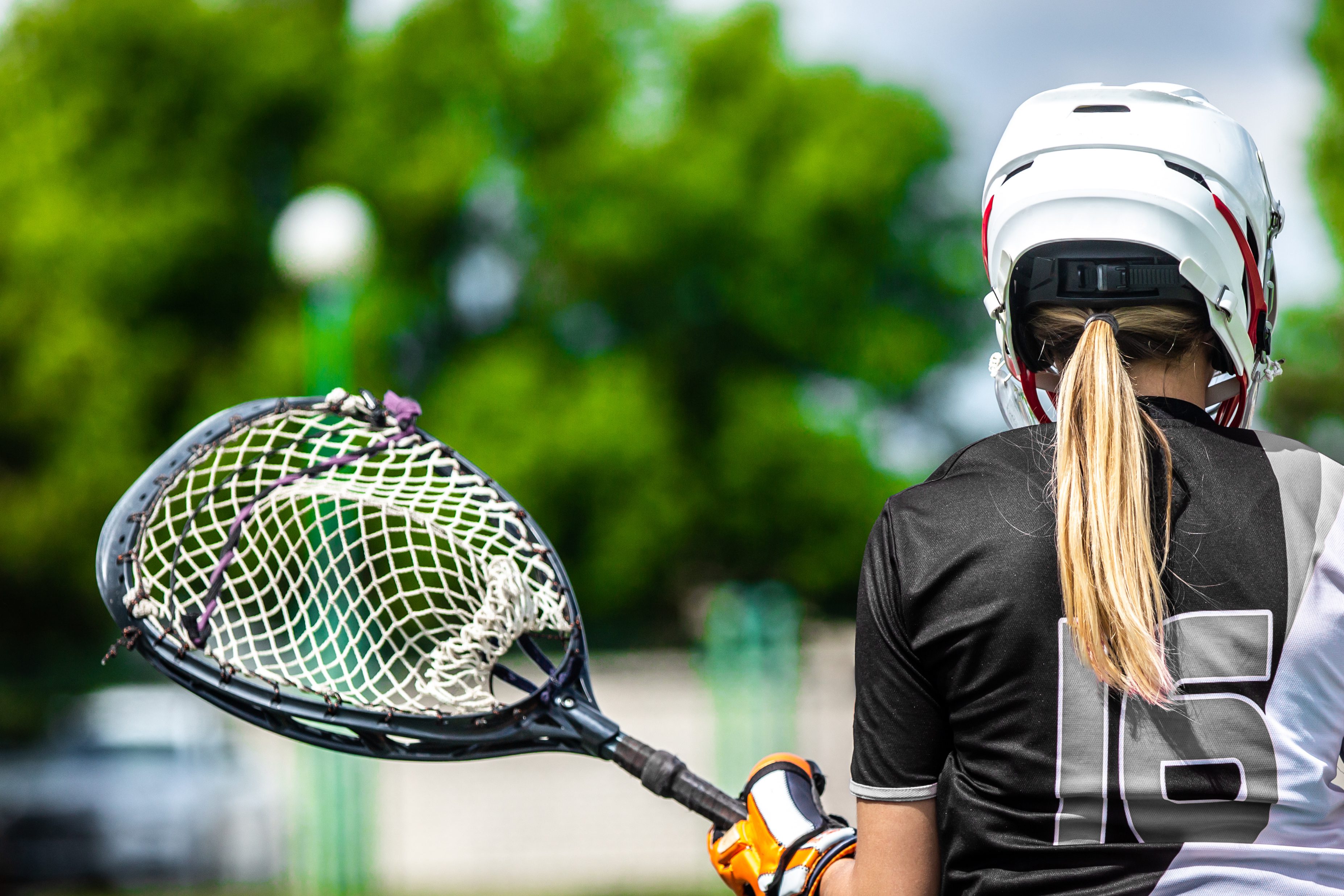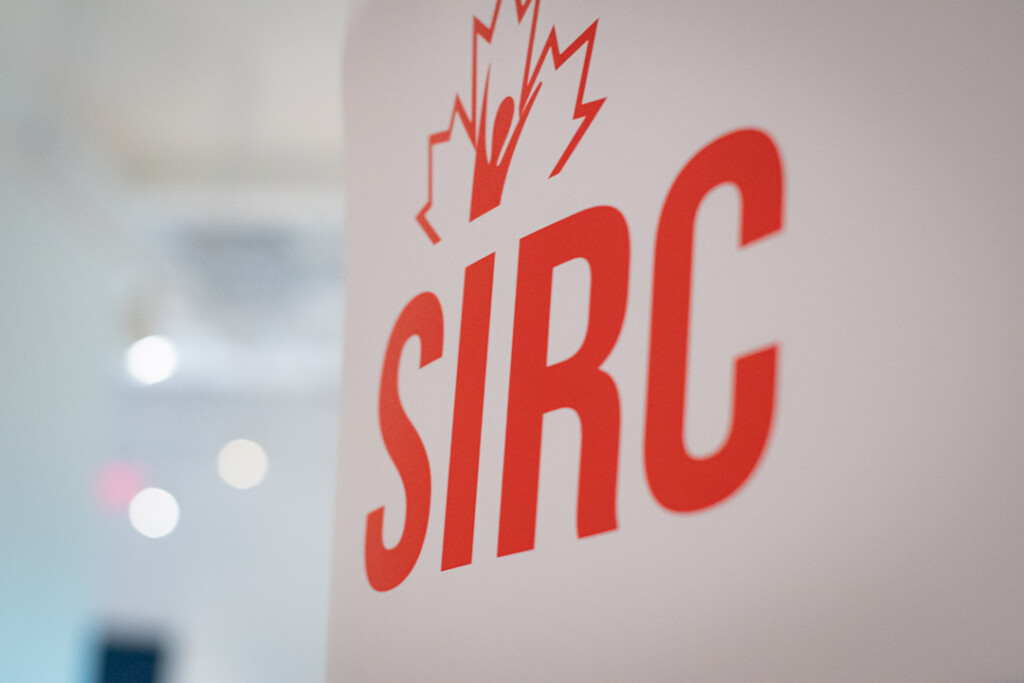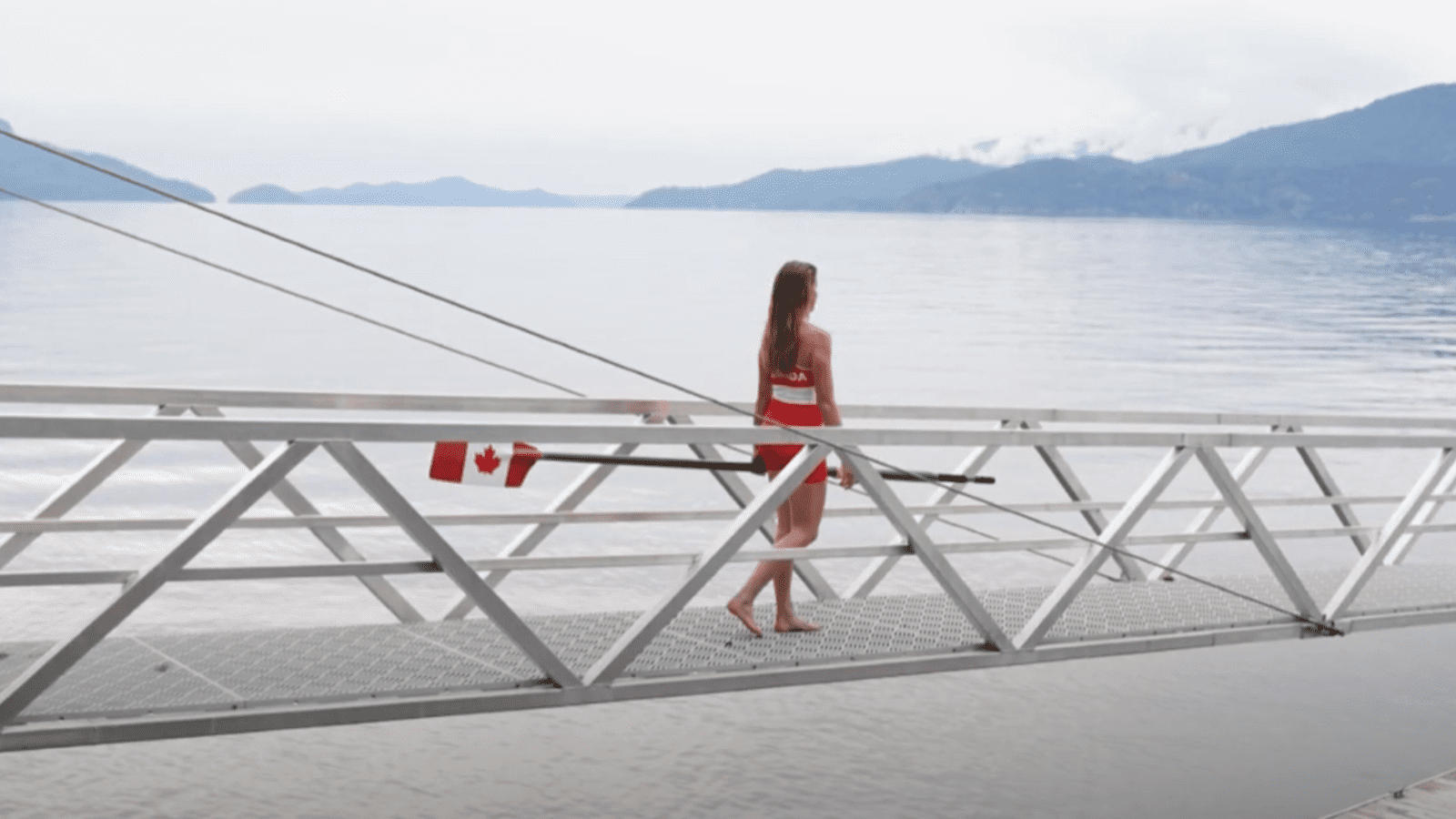Competitive and High Performance sport
Explore training factors that contribute to podium performances and how to help athletes achieve success and excel in sport. Our resources provide insights on the training and high performance arenas where athletes find competitive success.
Search Competitive & High-Performance Sport Resources
Top 10 resources
- SIRCuit Article: Taking a person-first approach to high performance sport in Canada
- SIRC Article: For or Against? The Pros and Cons of Early Talent Identification in Sport
- Spring SIRCuit 2024: The Transformative Power of Sport
- SIRC Article: The art of breaking: Strength, style, and storytelling
- SIRC Article: Canadian high performance athletes’ use of retirement resources
- Transformative Power of Sport: A Gold Medal Experience with Madison Mailey
- AthletesCAN Sport Solution Clinic
- 2019 Canadian High Performance Sport Strategy
- Mental Health Strategy for High Performance Sport in Canada
- Momentum: A Team Canada Podcast

Featured resource
Government of Canada

Featured resource
Natalie Durand-Bush and Krista Van Slingerland

Featured resource
Maxwell Lattimer and Madison Mailey
Quick Facts
What is high-performance sport?
High-performance sport refers to the pursuit of excellence in competitive sports at the national and international levels. It involves athletes, coaches, and support teams striving to achieve peak performance through rigorous training, competition, and a commitment to continual improvement.
How can mental performance be enhanced in competitive sports?
Through techniques like goal setting, visualization, mindfulness, and working with sports psychologists to build resilience, focus, and confidence under pressure.
What factors are important for talent identification in sport?
Talent identification involves recognizing potential athletes based on physical abilities, psychological traits, and sport-specific skills. Factors like age, training environment, and early performance indicators are crucial in identifying future high-performance athletes.
How do varsity sports contribute to high performance sport in Canada?
Varsity sports serve as a key development pathway for high performance athletes, offering competitive opportunities, high-quality coaching, and access to sports science resources, which help athletes transition to national and international competition.
What support services are available for competitive high-performance athletes?
There are a range of support services, including sports psychologists and mental health resources available to athletes that are designed to help optimize training, manage stress, recover from injuries, achieve performance and mental wellbeing. Many sports organizations also offer mentorship and career development support. Canadian athletes may benefit from mental health and wellbeing resources provided by, for example, Game Plan created by the Canadian Olympic Committee, resources available through the Canadian Centre for Mental Health and Sport and Coaching Association of Canada, and Athlete365 offered by the International Olympic Committee.
What is COPSIN?
COPSIN stands for the Canadian Olympic and Paralympic Sport Institute Network. It is a collaborative network of seven high-performance training centres across Canada, designed to provide elite athletes with the resources, facilities, and expertise needed to excel on the world stage. These institutes are located in Victoria, Calgary, Saskatchewan, Toronto, Montreal, Quebec City, and Atlantic Canada. They offer comprehensive support including coaching, sport science, medical services, and athlete development programs.
Video Resources
Transformative Power of Sport: More than just sport
- SIRC
- 2024
7B: Revisiting Recovery
- University of Ottawa and SIRC
- 2022
The Hard-Hitting Truth: lessons learned from Jen Kish’s concussions & the importance of awareness
- SIRC
- 2024
Creating a Safe Sport Culture in Canadian High Performance Sport: Phase 1 – The Athlete Voices
- University of Ottawa and SIRC
- 2022
Sport sector update: Rule changes in action: How Taekwondo Canada is leading the way
- Taekwondo Canada and SIRC
- 2023
SIRC Talks/Exposés : Tara-Leigh McHugh
- University of Alberta and SIRC
- 2019
Knowledge Nuggets
knowledge nuggets
How does social media effect hazing?
This Canadian study found that social media can be both helpful and harmful when it comes to hazing in varsity sport. While athletes use it
This Canadian study found that social media can be both helpful and harmful when it comes to hazing in varsity sport. While athletes use it to build team identity, many avoid posting about hazing to protect their team’s image or avoid causing harm. The study points to a need for better education and athlete-informed policies to address these risks.
knowledge nuggets
The story behind the 2025 Canada Games medals
Right now, over 4600 high-level youth athletes from across Canada are competing for iceberg-inspired medals at the 2025 Canada Games. Check out the design, which
Right now, over 4600 high-level youth athletes from across Canada are competing for iceberg-inspired medals at the 2025 Canada Games. Check out the design, which shows an iceberg’s peak above water, with its vast foundation hidden below, symbolizing the years of an athlete’s unseen training, resilience, and dedication that lie beneath the surface, supporting the “peak,” seen on competition day.
knowledge nuggets
Training, stress and injury risk in student-athletes
A recent Canadian study shows that training load isn’t the only factor influencing injury risk in university athletes. Stress from school, relationships, and mental health
A recent Canadian study shows that training load isn’t the only factor influencing injury risk in university athletes. Stress from school, relationships, and mental health also play a big role. A more balanced, whole-person approach to training can help sport leaders better support athlete well-being and prevent injuries.
knowledge nuggets
Factors influencing team performance
What drives a team to excel? This study highlights 4 key factors, leadership styles, supportiveness, communication, and feedback, that shape team performance across industries. For
What drives a team to excel? This study highlights 4 key factors, leadership styles, supportiveness, communication, and feedback, that shape team performance across industries. For high-performance sports teams, focusing on these areas could unlock new levels of success.
knowledge nuggets
Elite athletes’ self-regulation boosts recovery
Endurance athletes rely on self-regulatory skills like knowing, listening to, and respecting their bodies to optimize recovery between intense workouts. According to new research, elite
Endurance athletes rely on self-regulatory skills like knowing, listening to, and respecting their bodies to optimize recovery between intense workouts. According to new research, elite athletes demonstrate greater skill in adapting recovery to their stress levels compared to non-elite athletes, offering insights into personalized approaches to prevent injury and burnout.
knowledge nuggets
Training models for extended career athletes
Elite athletes are competing at older ages, but advancing age can challenge peak performance. A training model for extended-career athletes should balance age-related decline with
Elite athletes are competing at older ages, but advancing age can challenge peak performance. A training model for extended-career athletes should balance age-related decline with expertise, incorporating strength training, individualized load management, injury prevention, and tailored recovery protocols. Monitoring and avoiding large training load peaks are essential for sustaining performance and promoting long-term health.
knowledge nuggets
High-performance athletes and financial literacy
Elite athletes face financial challenges with limited support, often learning money management through trial and error. This study reveals their struggles, coping strategies, and the
Elite athletes face financial challenges with limited support, often learning money management through trial and error. This study reveals their struggles, coping strategies, and the urgent need for better financial guidance in high-performance sports.
knowledge nuggets
Gender pay gap in elite and semi-pro sport
Although progress has been made, a major gender pay gap still exists in elite and semi-pro sports, with male athletes earning significantly more than their
Although progress has been made, a major gender pay gap still exists in elite and semi-pro sports, with male athletes earning significantly more than their female counterparts. With public sports funding being a key driver of this gap, more attention must be paid to the inequalities in funding.
More Competitive & High-Performance Sport resources
|
|
|
|
|
|
|
|
|
|
|
|
|
|

